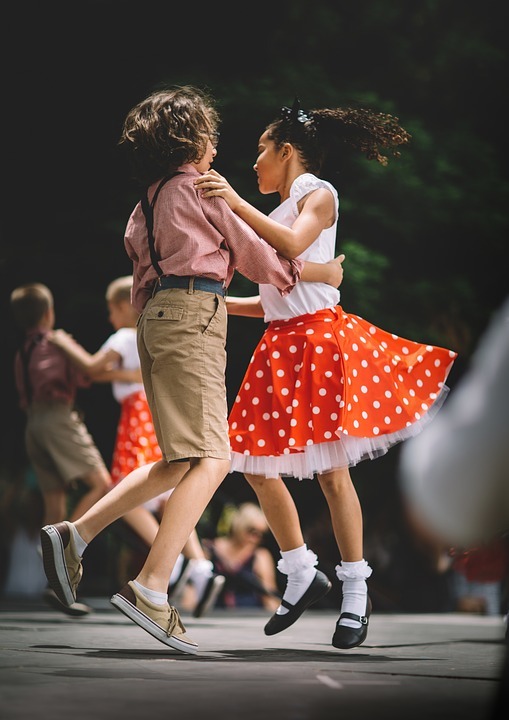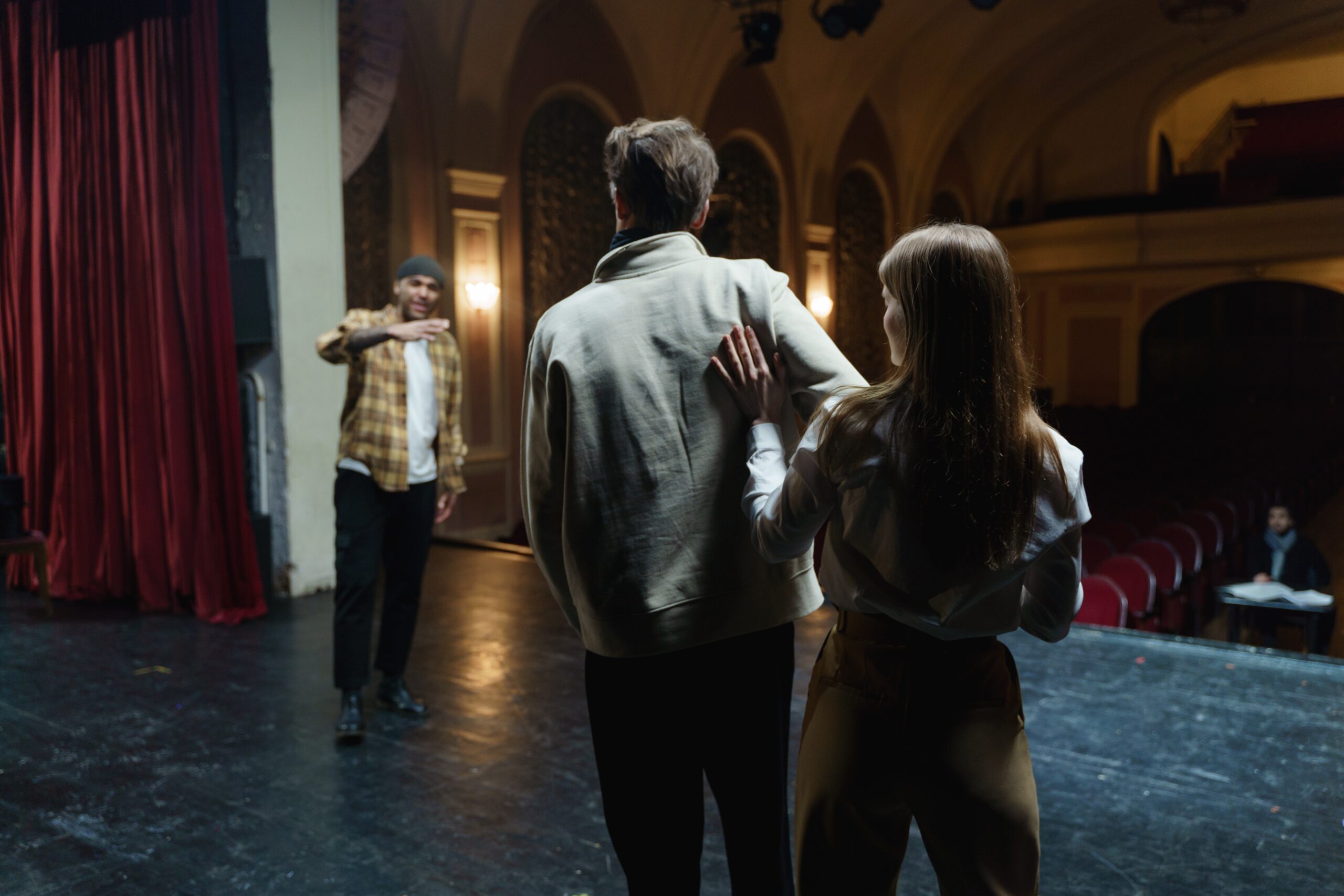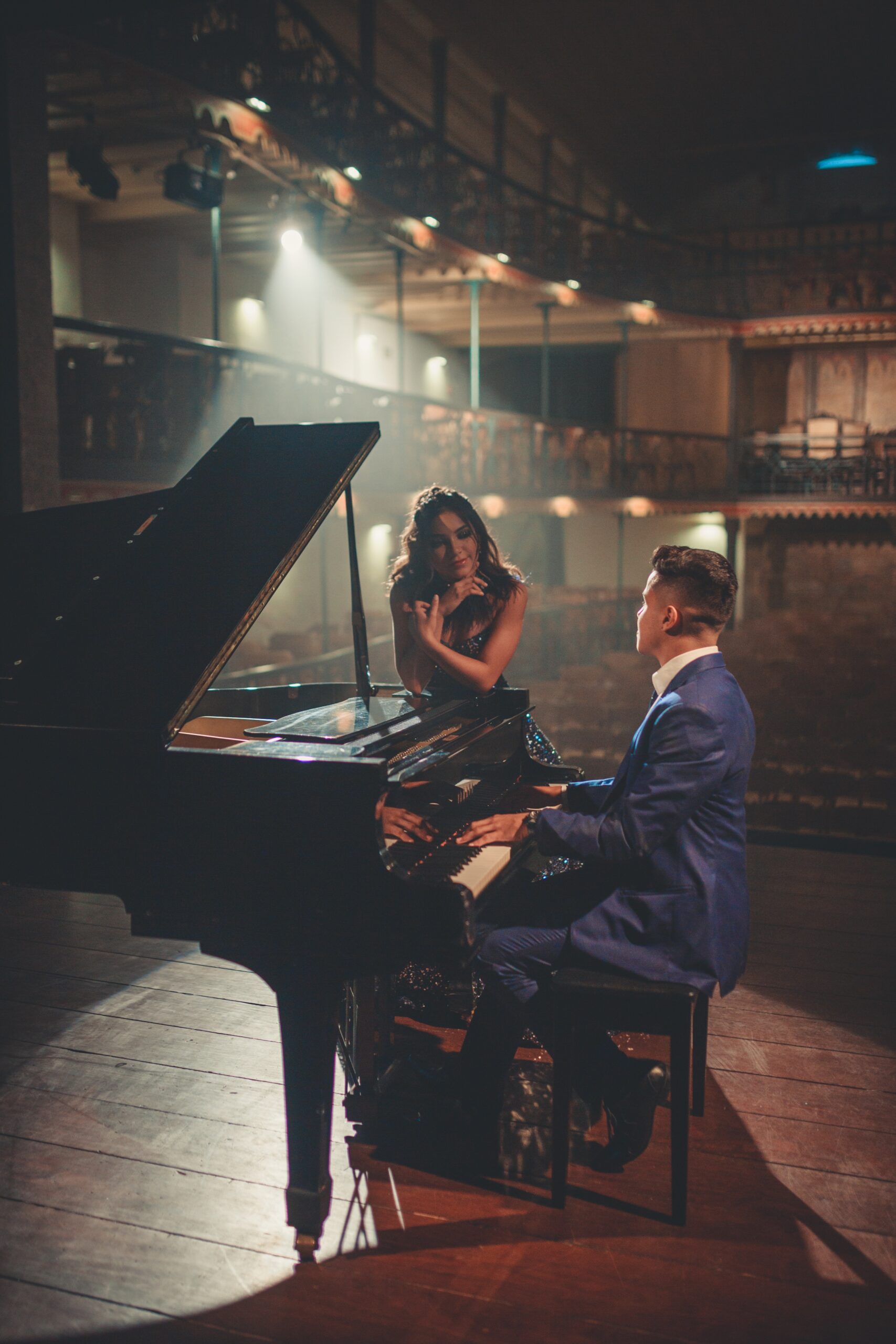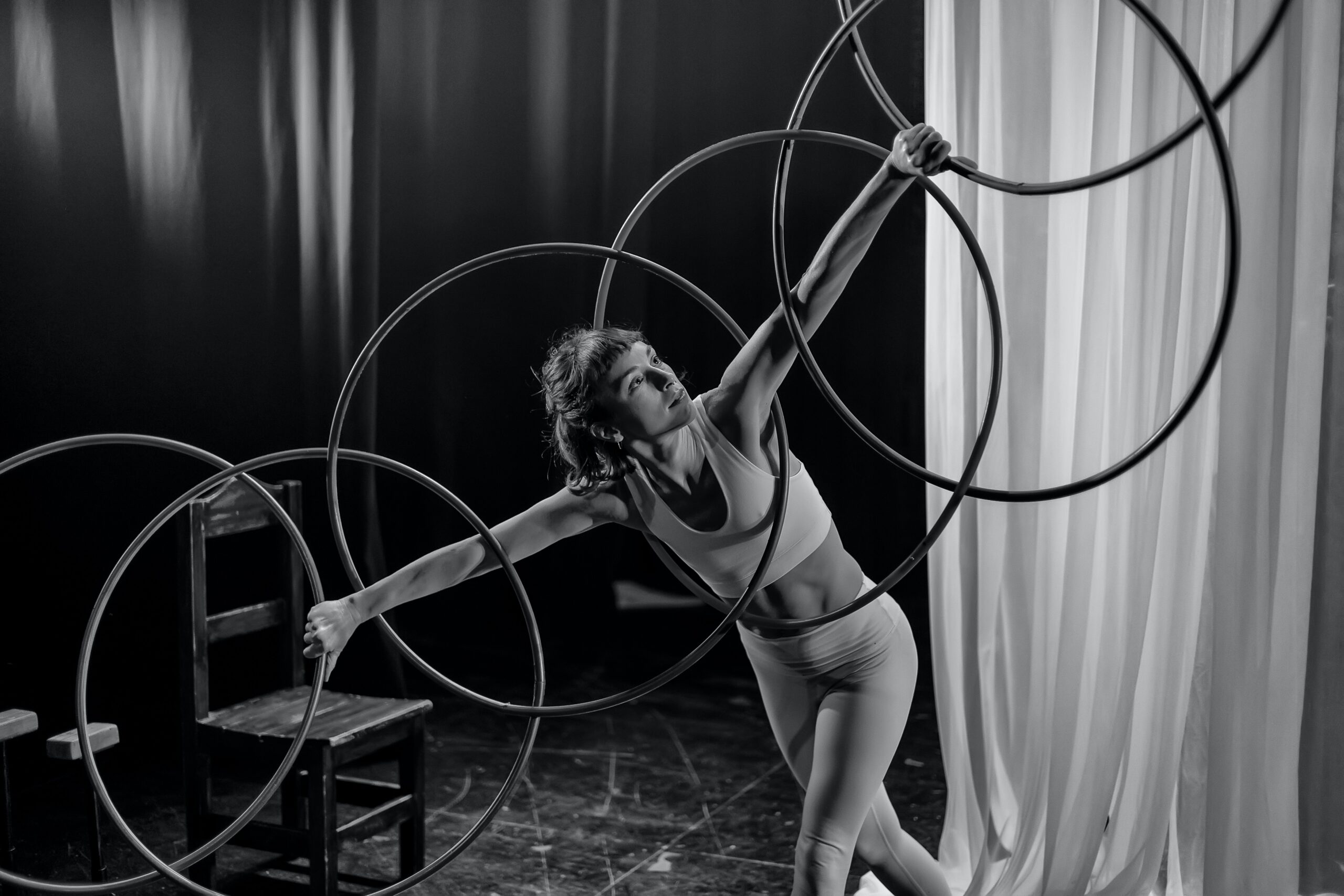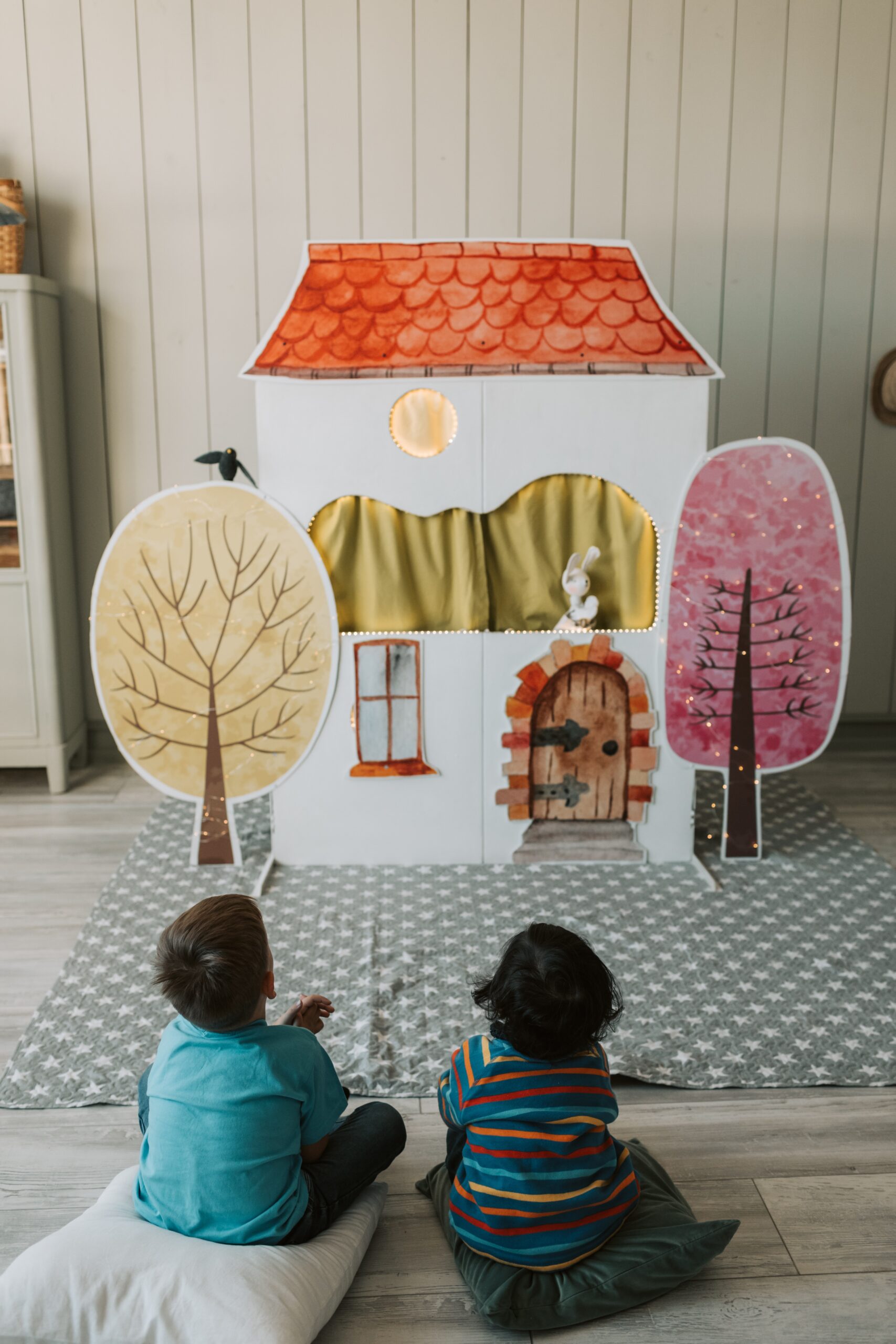What is Performing Arts?
Performing arts performed in front of a crowd include dance, music, opera, drama, and storytelling. The portrayal of the performer is crucial in defining the art genre. Education in the performing arts is not just for actors and dancers; it also includes other performers. The performing arts include jazz, Shakespearean drama, musical theater, classical ballet, and many live performances.
The application of choreography, interpretation, body language, tempo, costume and stage design, dialogue, and, of course, the performing artists themselves help audiences understand the meaning of a work through the performing arts. An actor who performs in the arts is a performer. A performer takes the stage in live theatrical performances; Broadway plays, rock concerts, and play readings. Costumes, scenic design, lighting, and sound effects are frequently used to accentuate theater performances, rock concerts, and on-stage performances.
On the other hand, performing art schools put into practice a range of artistic disciplines, such as music, dance, theater, and more, by providing children with a top-notch education. In essence, performing art schools give aspiring artists a customized learning environment where they may refine their artistic abilities and get ready to apply their talents in the real world.
Most, if not all, parents believe their kids are special and will do anything to ensure that is true. This prompts most of them to engage their kids in several activities that are supposedly beneficial to their children’s advancement. And since it has been confirmed that a child will learn faster than an adult due to their advanced prefrontal cortex, early exposure to a variety of learning materials or activities from different fields is a really good thing.
Some kids are very interested in arts and are very talented. For kids like these, whose interests are of the arts, especially any aspect of the performing arts, there are institutions that have been established to help transform the interests or even talents into something beautiful. Although there is an art curriculum in all schools that all kids are expected to partake in during their early school years, it is still vital to enroll these kids in a performing arts school so their talents and interest can be properly groomed. Schools like River Ridge School of Music & dance have established good standards that will only push kids in the right direction. If ever in doubt about the importance of enrolling kids in an actual performing art school, here are some of the advantages of doing so that may alleviate the doubts:
Help build their self-esteem and confidence: One of the things a child will be required to do in a performing art school is to participate in a lot of shows and productions. So be it a dance, music show, or drama, a child will have to perform on a stage for an audience. Getting used to being able to overcome stage fright and successfully present their act will help build their confidence as the kids will start to believe in themselves and their ability to do anything. Subsequently, this will also boost their self-esteem.
Help Kids To Become More Expressive: Art in every way is an expressive platform. For instance, in a regular school, a teacher may tell a student to show their perception of a situation by drawing it out. Just like that, in a performing art school, kids are given the opportunity to express themselves through their art. The instructors are there to encourage them to show how they feel in their chosen art platform. They are encouraged to create art in its pure form by channeling their emotions through their dance, music, or play.
Help Them To Become The Best In Their Chosen Interest: A child may simply love to dance or naturally gifted to play an instrument, but even at that, the child is limited in knowledge and range. A performing art school will ensure that each of their students is trained to be the best by informing them of the techniques and patiently putting them through all they should know. Also, considering the number of kids that are usually enrolled in a performing art school, kids are challenged to be their best selves since the environment fosters healthy competition. These kids may eventually build successful careers around what they have learned in school. This means it also gives them prospects for the future.
Help Them To Learn To Think On The Spot: Things go wrong all the time but kids who have been enrolled in a performing art school are usually prepared to handle what comes at them. A good performing art school will engage their students in improv classes, which allows them to be able to come up with creative responses to the problem. For instance, a child may be acting in a play and forgets her lines. She will immediately come up with lines that work, and the audience may never know. This improv skill can be later adapted into other real-life situations.
Help loosen up and have fun: Some kids can be timid. Fortunately, if the kid is artistically inclined and enrolled in a performing art school, the kid is able to relate with like minds. Most art classes are very interactive, and with time, such kids will feel comfortable and start connecting more with people. And as long he or she genuinely enjoys the art, he or she will also be having so much fun in the process.
Simply put, enrolling a child in a performing art school can spell nothing but goodness in the life of the child. So, every child with a keen interest in art must be given this opportunity since placing him or her in that kind of environment supports not only the interest but also nurtures it.
Types of Performing Arts
Performing arts include theater, musical theater, dance, music, acting, magic, and circus performances. The performing arts use body language, voice, and facial expressions to convey a creative fabrication.
1. Theater
Theater performances have been performed for centuries and are still very well-liked today. A tale, play, or musical’s cast of characters is portrayed for the audience by a cast of actors or actresses. Theatrical genres come in a wide variety, including an experimental, impromptu, clown, and even experimental theater. Despite noticeable artistic and societal variances, live performance, narrative, and audience participation are common elements that tie these genres together. Today’s theater continues to push the boundaries of imagination and innovation, contributing to the art form’s continued development and vitality.
2. Music
Creating sounds and rhythms with instruments or the human voice is the process of making music. A single individual or group can perform music in an orchestra or acoustically. Music is inherently universal since people from many linguistic and cultural backgrounds can understand it. It has been around for a while and is used to share information, express emotions, and unite people. Hip-hop, rock, pop, jazz, classical, and various other musical genres are just a few examples of the genre of music. Using online streaming services, technical improvements have allowed individuals to discover and enjoy music worldwide in the twenty-first century.
3. Opera
Opera is a musical theater that combines singing, music, and acting. In opera, the singers use their voices to convey the emotions and actions of the characters as they narrate the story through music. The show often has elaborate staging, costumes, and sets; an orchestra frequently supports the theme. Tragic, comedic, and historical drama operas can all be categorized. The stories typically revolve around love, betrayal, and suffering. The music ranges from majestic, soaring arias to tender, intimate duets. Opera singers must be able to act out their parts convincingly and have a great singing voice if they succeed. Opera organizations and performances continue to be a prominent and well-liked genre of art.
4. Arts in Circus
A unique and fascinating subset of the performing arts, circus arts involves many abilities, such as acrobatics, aerial tricks, juggling, and clowning. Circus artists are trained in various skills, including acrobatics, contortion, aerial arts, and clowning. They use their bodies to do astounding and mind-blowing feats of strength, balance, and agility. Circus arts performances are frequently accompanied by music that matches the show and features exotic costumes, make-up, and props. They continue to enthrall audiences worldwide and have influenced countless musicians and entertainers. Modern circuses are at the forefront of innovation, incorporating cutting-edge technology and contemporary artistic movements into their performances.
5. Dance
Dance is a performing art that strongly emphasizes movement and individual expression. It can take on many forms, from classical ballet to contemporary dance, and is done alone and in groups. Dancers use their bodies to convey emotions, tell stories, and explore ideas. They usually employ music, clothing, and stage design to enhance their performances. A high level of physical preparedness, strength, flexibility and coordination are required for dance. Years of training are necessary for dancers to perfect their abilities and master a range of dance genres. One of the most popular dance forms, classical ballet is renowned for its graceful and exact movements. Theaters, parks, and even television are just a few places where dance performances can be viewed.
6. Acting
Actors represent characters and tell stories through speech, movement, and expression. Actors use their bodies, voices, and emotions to bring their characters to life and give a compelling portrayal. Actors usually work in various genres, including drama, humor, and action, and acting can take many forms, from theater to film and television. They must be adept at character development, screenplay analysis, and acting. Actors work with other actors, directors, and writers to bring a play to life. They must cooperate with others and follow directions to put on a successful show.
7. Storytelling
Oral, visual, and emotional narratives are told through storytelling. Storytellers use their voices and bodies to bring their tales to life, frequently augmenting their presentations with music, dancing, and other elements. These stories may be inspired by literature, folklore, or personal experience. Traditional oral storytelling can take many forms, such as contemporary storytelling gatherings and performances. Due to its ability to foster interpersonal relationships and communication throughout communities, storytelling is still an essential art form. Investigating subjects and issues important to our society through storytelling is widely used to promote empathy, understanding, and social change.
8. Puppetry art
Puppetry is a wide-ranging art form that includes everything from hand puppets to marionettes. It is performed in various locations, including parks, museums, and libraries. Puppeteers use their hands or other tools to control their puppets’ movements and facial expressions. They usually incorporate voice acting, music, and other elements to enhance their presentation. In many cultures, puppets are treated like people and given unique traits. The art of puppetry requires both technical mastery and creativity. Puppeteers must thoroughly understand the technical parts of puppetry, and they must also be able to express themselves physically and verbally through their puppets. Puppetry can be used to explore an enormous variety of stories and subjects.
9. Comedy
Comedy is a performance art that uses wit, humor, and satire to amuse audiences and make people laugh. Comedy is exemplified through stand-up, sketch, improv, and hilarious acting. In stand-up comedy, the performer stands in a group to tell jokes and get people to laugh. Comedy performers must have impeccable timing, delivery, and comedic sense to succeed. They usually use various comic methods, such as wordplay, satire, and spontaneous comedy. Skilled comedians can also read the crowd and adjust their actions to match the mood and energy of the public. Comedy is currently quite popular and generally accepted, as evidenced by the comedic performances of actors and comedians on stage, on television, and on online platforms.

